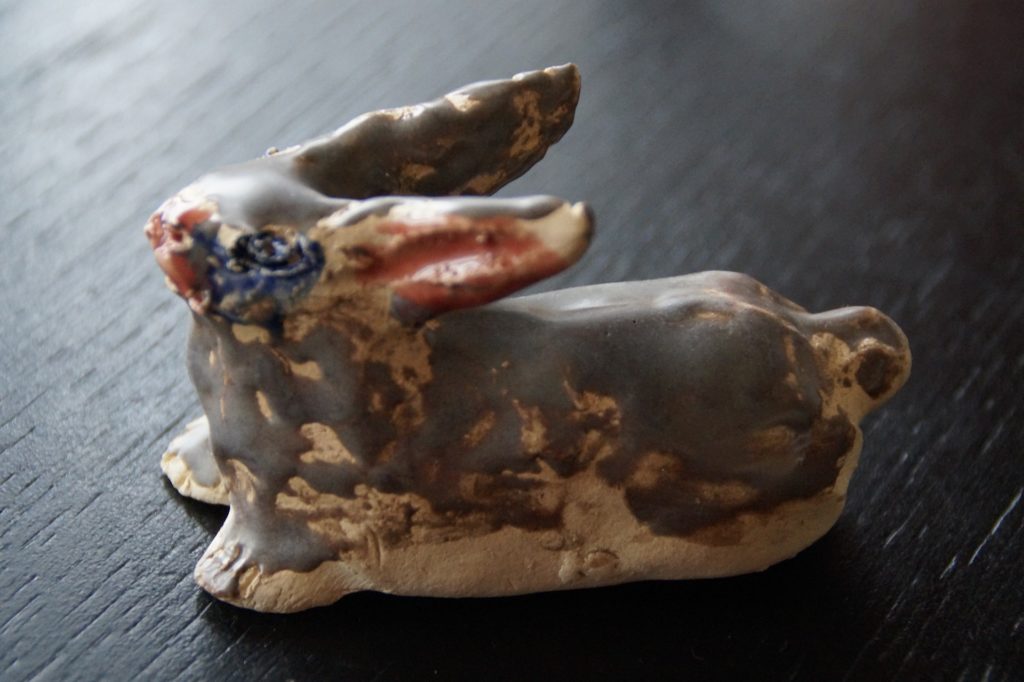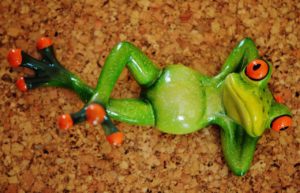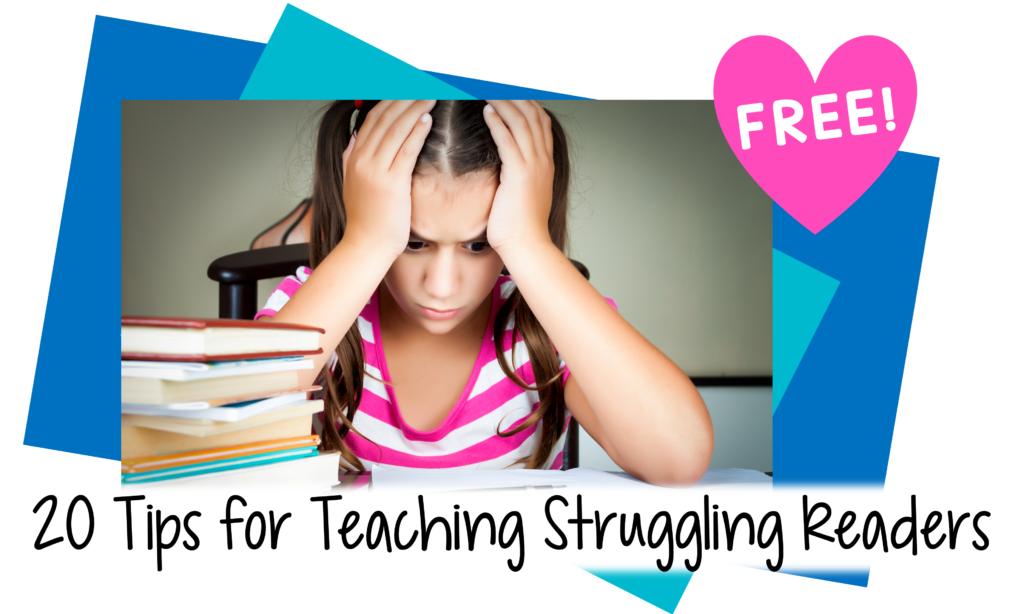
Another article in The Reading Teacher has inspired me to write a blog post. This time, the one that caught my attention is about teaching vocabulary through an art project. Isn’t that a novel idea?
(Last time it was a piece about metafiction. Never heard of it? Neither had I, but it’s lots of fun! Check it out!)
As I read the recent article about learning art words, I thought of you—of how much teachers and parents could learn from the hard work of the teacher who co-wrote the article.
RoseAnn LaBrocca, an art teacher in New Jersey, collaborated with 3rd grade classroom teachers to teach about 20 vocabulary words during a pottery unit. Examples of the words are kiln, coil, clay, sculpture, and mold. Dr. LaBrocca researched vocabulary instruction and used “evidence-based strategies” to teach the art words. As the students created pottery pieces, they completed reading and writing activities on the topic of pottery and sculpture—all the time using the new words.
 Many of the techniques and activities she used to teach the art-related words could be used by any content area teacher. And, as the authors of the article point out, the Common Core State Standards encourage the teaching of reading and writing in the content areas.
Many of the techniques and activities she used to teach the art-related words could be used by any content area teacher. And, as the authors of the article point out, the Common Core State Standards encourage the teaching of reading and writing in the content areas.
Here are some of her activities that I thought might be helpful to you:
- Before the pottery unit, students rated their knowledge of the art words on a self-rating scale. This activated their prior knowledge and helped them to attend to vocabulary instruction. At the end of the unit, the scale provided an assessment tool.
- The art words were taught explicitly: through definitions, saying the words, and using the words in sentences.
- As the words were introduced, word cards were placed on an art word wall and in pocket charts, both of which the children used as references.
- The students played a guessing game, Patricia Cunningham’s Be a Mind Reader (Cunningham, 1978), where they try to guess a word based on clues given by the teacher.
- Students completed open sorts with the words, discussing which categories they could place the words in.
- The children compiled a vocabulary tally chart (Beck, McKeown, & Kucan, 2002). Each time they heard a classmate use the word, they wrote a tally mark next to the word on the word wall. The class with the most tally marks would win.
- Each student chose a few words to illustrate. The children found this activity particularly helpful. Sometimes they also found photos to put on the word wall to help them remember the meanings of words.
- Read-alouds of works of fiction, nonfiction, and poetry on the topic of sculpture or pottery w
 ere a large component of the unit.
ere a large component of the unit. - During the read-alouds, the children raised a finger when they heard one of the art words.
- After the read-alouds, the class discussed the books, using the art words whenever possible, and talked about how the books and the art words related to the pottery pieces they were creating.
- The students also read books on their own reading level about the topic of art and artists.
- As they created their pottery pieces, the children used the art words to write about the process and about the finished product.
- Whenever relevant, the teacher pointed out multiple definitions of the words.
- Again, when appropriate, the students learned about word roots (a topic dear to my heart, as you will see in a future post).
Somehow, with all there is to teach young readers and the little time to teach them in, I often give vocabulary development short shrift. This article, rich with teaching ideas, inspired me to do better on that score. I hope my brief summary does the same for you!
Happy teaching!
Beck, Isabel; McKeown, Margaret; & Kucan, Linda. 2002. Bringing Words to Life: Robust Vocabulary Instruction. New York: Guilford.
Cunningham, Patricia. 1978. Decoding polysyllabic words: An alternative strategy. Journal of Reading 21 (7): 608-614.
LaBrocca, RoseAnn & Morrow, Lesley Mandel. 2016. The Reading Teacher 70 (2): 149-158.


Leave a Reply